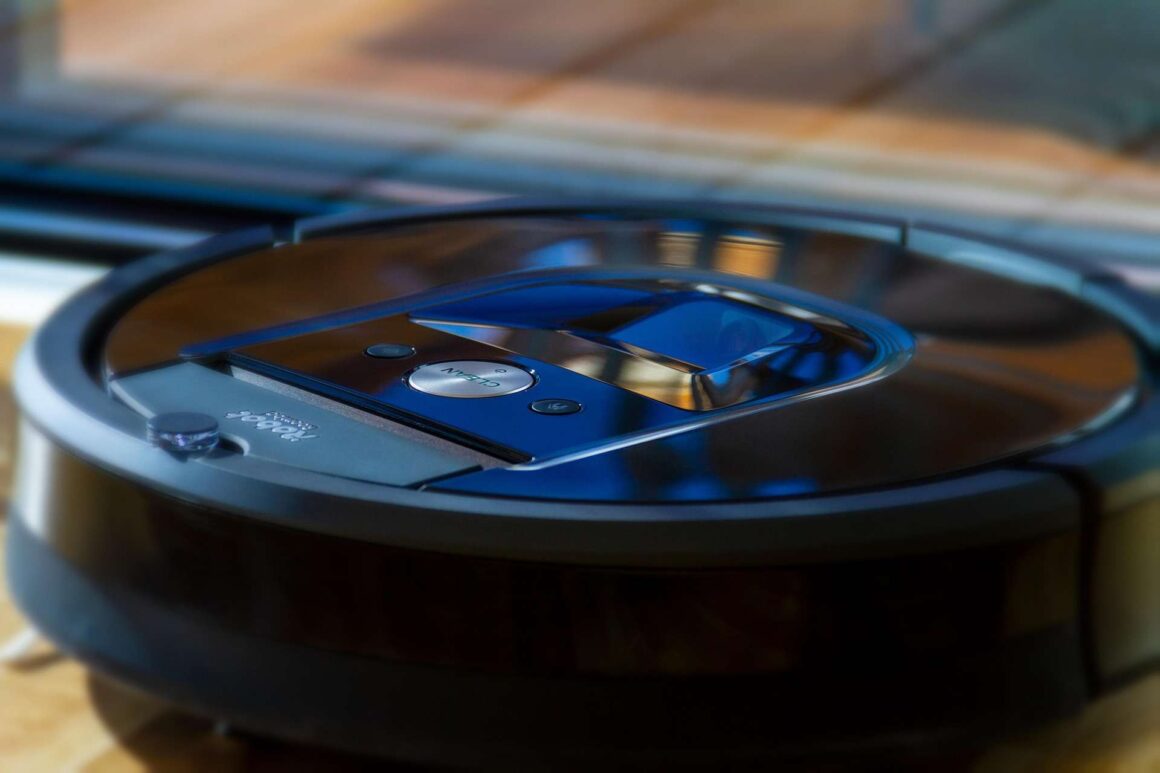Here’s a little horror story for you: imagine your robot vacuum stops working one day. You tinker with it, even build your own control system to figure out what went wrong. Instead of a loose wire or a dead motor, you make a horrifying discovery.
That’s what happened to software engineer Harishankar Narayanan. He wrote about how his iLife A11 smart vacuum had been transmitting private data from his home to only God knows where.
The Smart Vacuum With A Secret
Narayanan had owned the $300 vacuum for about a year before he became curious about how it works. He started monitoring the device’s network traffic. Within minutes, he spotted a steady stream of outgoing data. The vacuum was in constant communication with the manufacturer, sending telemetry and logs without his consent.
He stopped the device from broadcasting the data while allowing normal firmware updates. The device retaliated. After a few days, it stopped working. Each time he sent it for repair, it came back “fixed” only to die again soon after.
Eventually, the service center refused to work on it some more, citing a voided warranty. So Narayanan did what any engineer would do: he tore the thing apart.
The Horror Inside the Machine
Inside, the vacuum was a full-fledged computer. It ran Linux, with Android Debug Bridge installed. The program is used to install and debug software. The most disturbing discovery was finding Google Cartographer, an open-source mapping system designed to create a 3D map of his home. That data was being transmitted back to the manufacturer’s servers.
The real shock came when he found a line of code sent from the company to the device at the exact moment the vacuum stopped working. It was a kill command that was issued remotely.
“They hadn’t merely incorporated a remote control feature. They had used it to permanently disable my device,” Narayanan wrote on his blog.
When Narayanan reversed it and rebooted the vacuum, it started working again.
What Else Is Watching?
Narayanan’s discovery points to something much darker.
If a $300 vacuum cleaner can record, make a map of your home, and transmit data to the manufacturer, what about your smart TVs? Or your smart fridge, home assistants, or security cameras? How much of your private life has already been uploaded to servers you’ve never heard of?
These aren’t theoretical risks anymore. The same devices that promise convenience can also monitor you without your permission.
While Narayanan’s case focused on one brand, he warns that “dozens of smart vacuums” may have similar features. Our homes are filled with connected sensors: microphones, cameras, which are capable of being hijacked or manipulated.
The Illusion of Control
Consumers are told they “own” their smart devices. Yet when a manufacturer can issue remote commands, even punish you for cutting off data collection, who really owns what?
The illusion of control is breaking. Even simple appliances come with the ability to gather, analyze, and monetize behavior. The more “intelligent” our devices become, the more opaque they are to us. Which makes us more vulnerable to the companies behind them.
We Need to Fight Back
Narayanan’s story should be a wake-up call. You’re not paranoid to question what your devices are doing.
We need legislation that bans data collection and remote control features in our electronics. We need companies to be transparent with how they handle telemetry, mapping data, and network permissions.
Until those safeguards exist, every “smart” device is a potential spy. This isn’t just about data privacy. It’s about having devices that won’t monitor what we do behind our backs.






